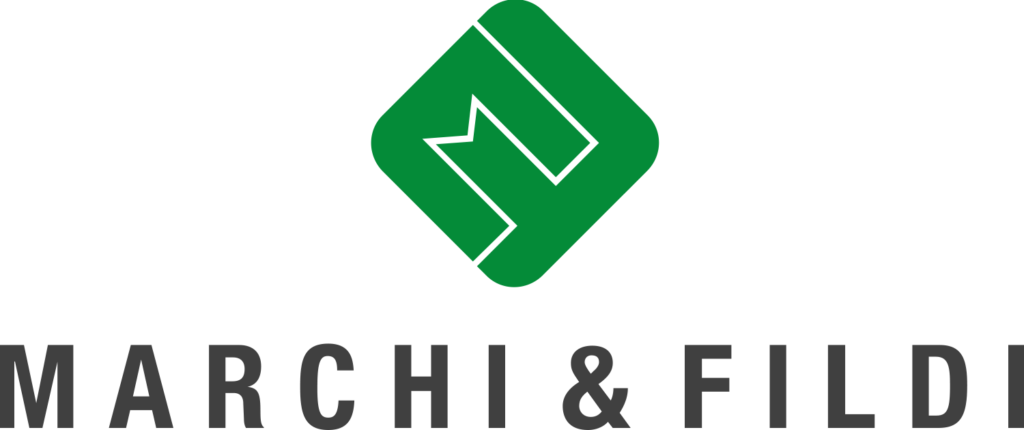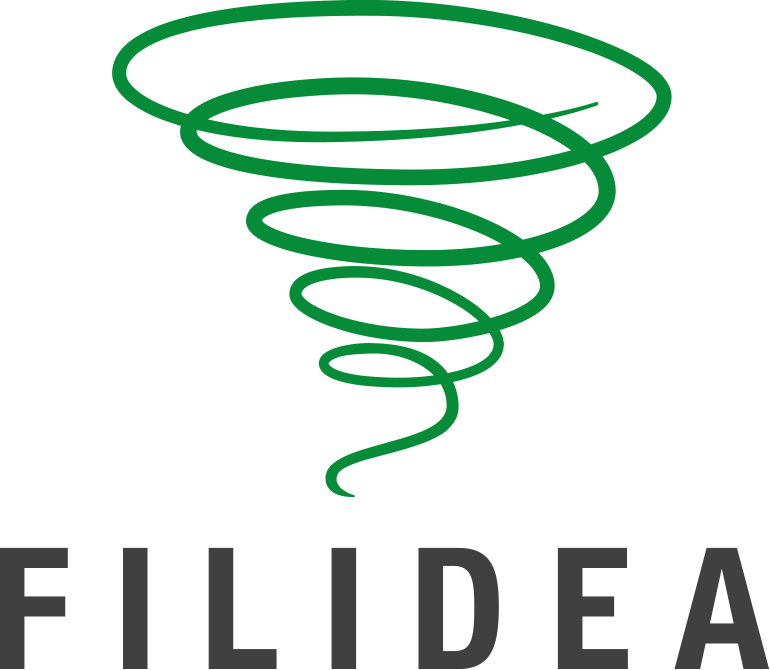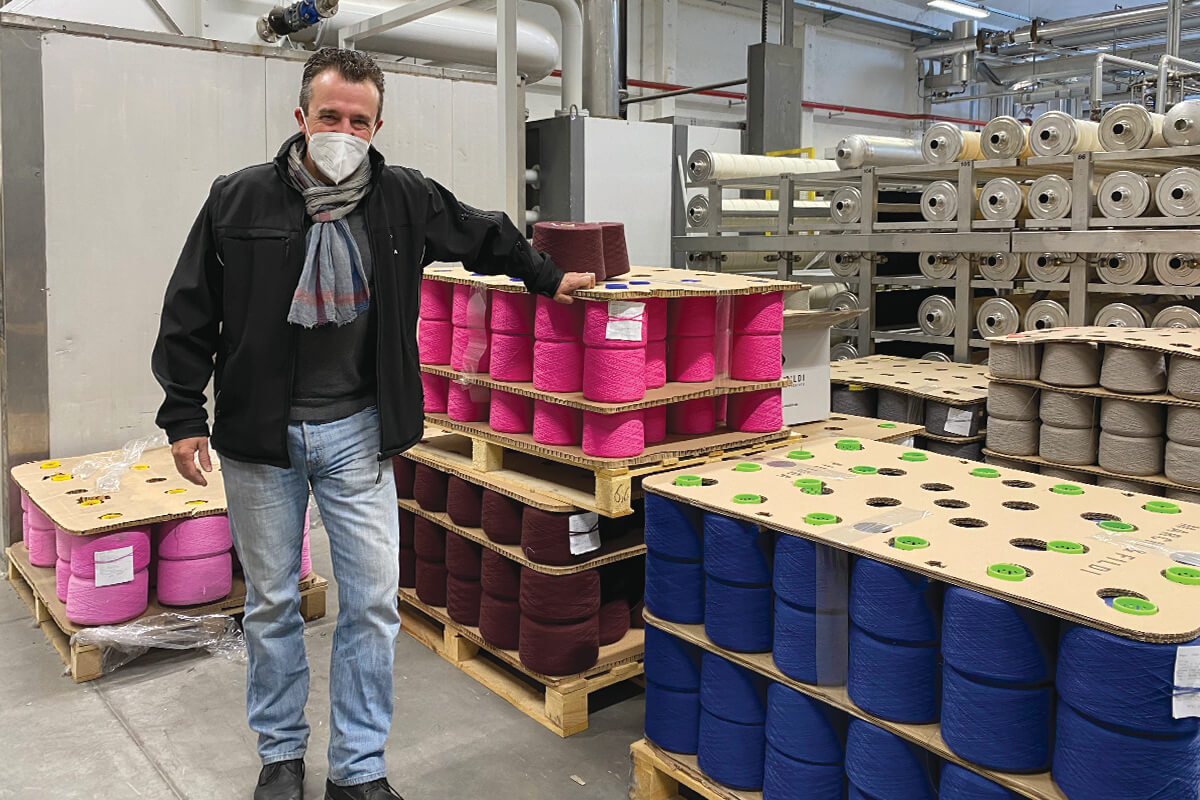Marco Ginanneschi is the Head of the dyeing department, one of the flagships of sustainable innovation for our Group.
Located in the facility at Magnonevolo, near Biella, in 2018 cone dyeing was renewed with a view to energy savings and reduction of the environmental impact, with an investment of approximately €1.5m. The human resources, represented by Marco Ginanneschi and his team, are just as important for the good functioning of the department.
Marco, can you tell us about your professional experience before you took up your current role at Marchi & Fildi?
I graduated in chemistry of dyeing in 1990 and immediately started working in a dyeing department in the Biellese region. It involved cone dyeing for third parties, where all types of fibre were dyed using all types of processes. This was my good fortune inasmuch as it straightaway gave me the opportunity of learning everything about dyeing methods. If I had started in a wool mill, as was the tradition in our area at that time, I would probably have predominantly learnt how to dye wool.
Some years later, I moved to piece dyeing, still in the Biellese region, and still for third parties. Once again, I was working with all types of fibres, from wool, to polyester, cotton, and blends. Then I went back to working in cone dyeing where they used similar methods to those we use now, with the same model machine as used in the Group: a horizontal machine produced by Obem.
After another job where I worked both in package and piece dyeing, I became Head of Dyeing for Filidea in 2018.
You took a leading role in the renewal of the dyeing department with a view to sustainability. Can you tell us more about this experience? What values were guiding you?
With regard to sustainability, I changed the class of dyes, choosing colours able to dye different types of fibres in one bath. This method avoids the necessity for two or three baths, thus leading to a significant saving in water, energy and steam consumption. Also with the objective of reducing the energy and raw material requirements, I increased the weight of the spools to adjust the dyeing and washing times.
Our purification plant is located behind the Magnonevolo facility. The purification method we use authorises us to discharge waste water from the dyeing department into surface waters. The water discharged is within the legal parameters with regard to effluents. Every year, we are audited according to ZDHC protocols to verify that standards are conformed to, which we are constantly at pains to do.
During the renovations to the dyeing department, we paid great attention to creating a spacious building which is light and airy, far removed from the traditional idea of a dyeing facility from the 1970s and 1980s, which was always a negative picture. Protecting the environment is in my judgement of crucial importance both in terms of creating an optimal product, and in terms of the health of our colleagues.
Dyeing is one of the most important processes for the transition to more sustainable textiles. What are the standards with which Marchi & Fildi complies? How will the dyeing department develop in the future?
Regarding our standards, we follow the ZDHC protocol, one of the most important reference points for the safety of waster waters, and the AUA provisions, which provide for quarterly checks of the purification system.
The Group has always been very focused on product and process certifications, and this topic is in continuous development.
In recent months, we have invested in the implementation of other machinery to improve our production performance, but also to guarantee better working conditions for employees. The new, completely automatic pipetting machine prepares the solutions, dyes, weighs and provides a final colour sample without the operator having to manually intervene in the process, therefore avoiding contact between the skin and the chemicals.
In addition, the new automatic dosage system for the liquids is also in progress for the production phase, with the same aim of protecting occupational health and safety.
Who are the people, seniors and juniors, who work alongside you, and how much does the human factor count in the management of a state-of-the-art facility such as this?
The team consists entirely of people currently over 50 with years of experience in the dyeing department.
The human approach towards my team members is fundamental. Every day I spend a lot of time talking with them about how their work is going and various improvements which could be introduced. The people working in the department are the most important source of feedback on the quality of our work and possible improvements.
The team around me in a certain way all have the same experience and knowledge as I do: we have grown together and are practically inseparable.
We welcome interns who in general come from ITS TAM (Superior Technical Institute for Textiles, Clothing and Fashion), and between December and January, we are activating a course in dyeing in our laboratory, which is dedicated to students from ITS.
I’m very happy to work with young people; I appreciate their way of thinking and they often help me to change my own perspective.
The dyeing department is an important part of the Group’s objectives for sustainable innovation. What are the steps towards innovation which can be taken in a dyeing department such as we find ourselves in today?
As a result of Filidea’s know-how and experience, also in the field of technical yarns, we are able to dye any type of natural, artificial or synthetic yarn, not only for the fashion world, but also for the technical world, for example, protective and work clothing. We are specialists in the dyeing of aramid fibres which, because of their high degree of fire and heat resistance, are destined for protective clothing for fire-fighters and those working on oil rigs, which, up until 10 years ago were considered non-dyeable.
Our Group has made innovation regarding products and processes its strong point, while never ceasing to concentrate on development.
In recent years, we have also begun to dye for third parties and are working on behalf of extremely demanding customers in terms of colour and colour performance with regard to results.
All of our projects and innovations are guided by the awareness that, nowadays, it is fundamental to guarantee to the customer optimal levels regarding product performance, quick turn-around and accurate service. In addition, the ability to suggest solutions which keep pace with latest technology and responsiveness towards an increasingly sustainable product is an added value which confirms the fact that we are reliable partners.



![Pop, sostenibile, irresistibile 💋
L’autunno/inverno 25-26 delle collezioni Marchi & Fildi e Filidea è tutto da scoprire. Tra le novità potrai esplorare articoli e titoli nuovi, cartelle colori rinnovate e l’ampliamento dell’offerta in stock service.
Lasciati ispirare dai nostri filati innovativi e, se non ci siamo incontrati durante l’ultima edizione di @pittimmagine Filati, scopri tutti i dettagli delle nuove collezioni nel nostro articolo di approfondimento
[LINK IN BIO]](https://www.marchifildi.com/wp-content/plugins/instagram-feed/img/placeholder.png)